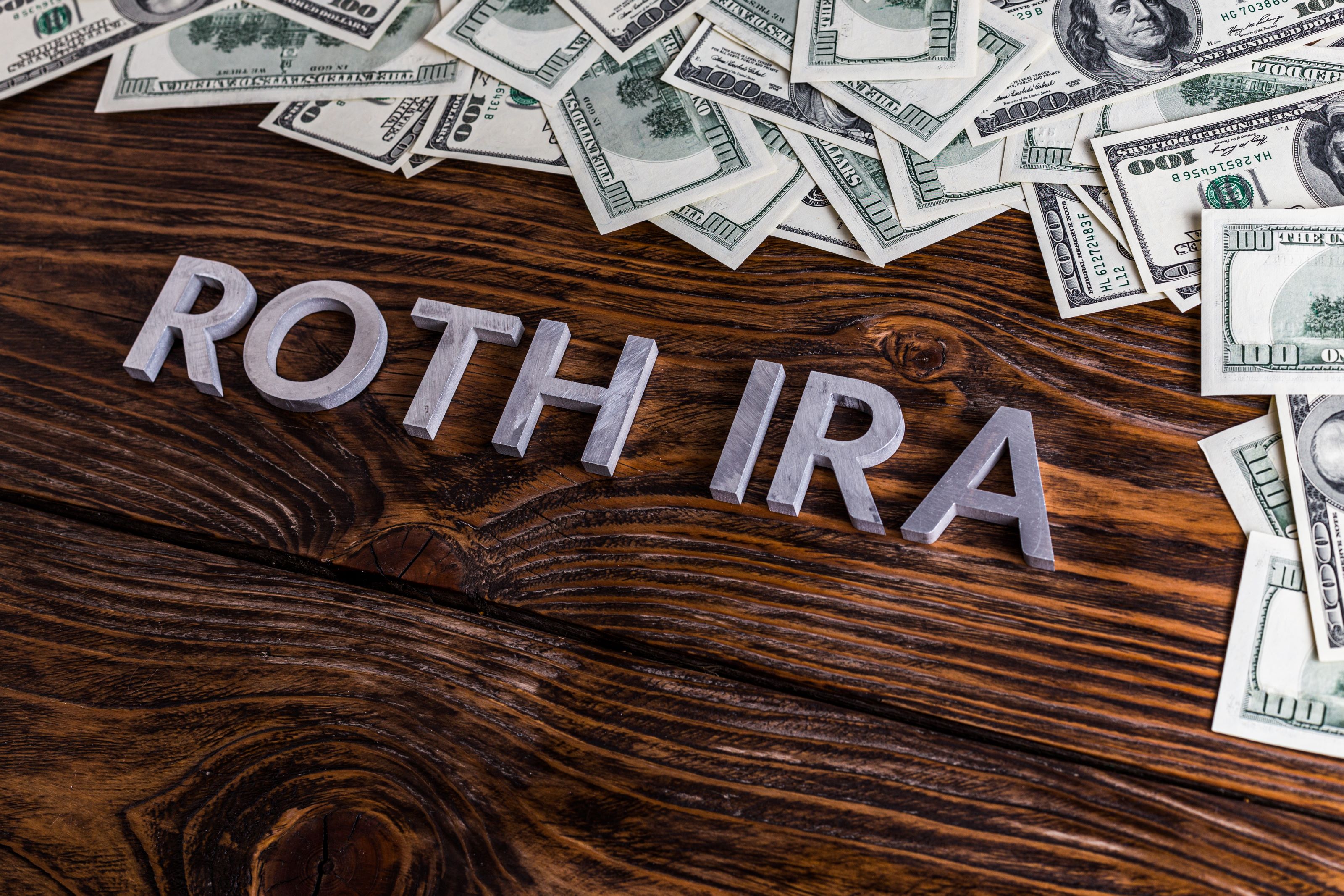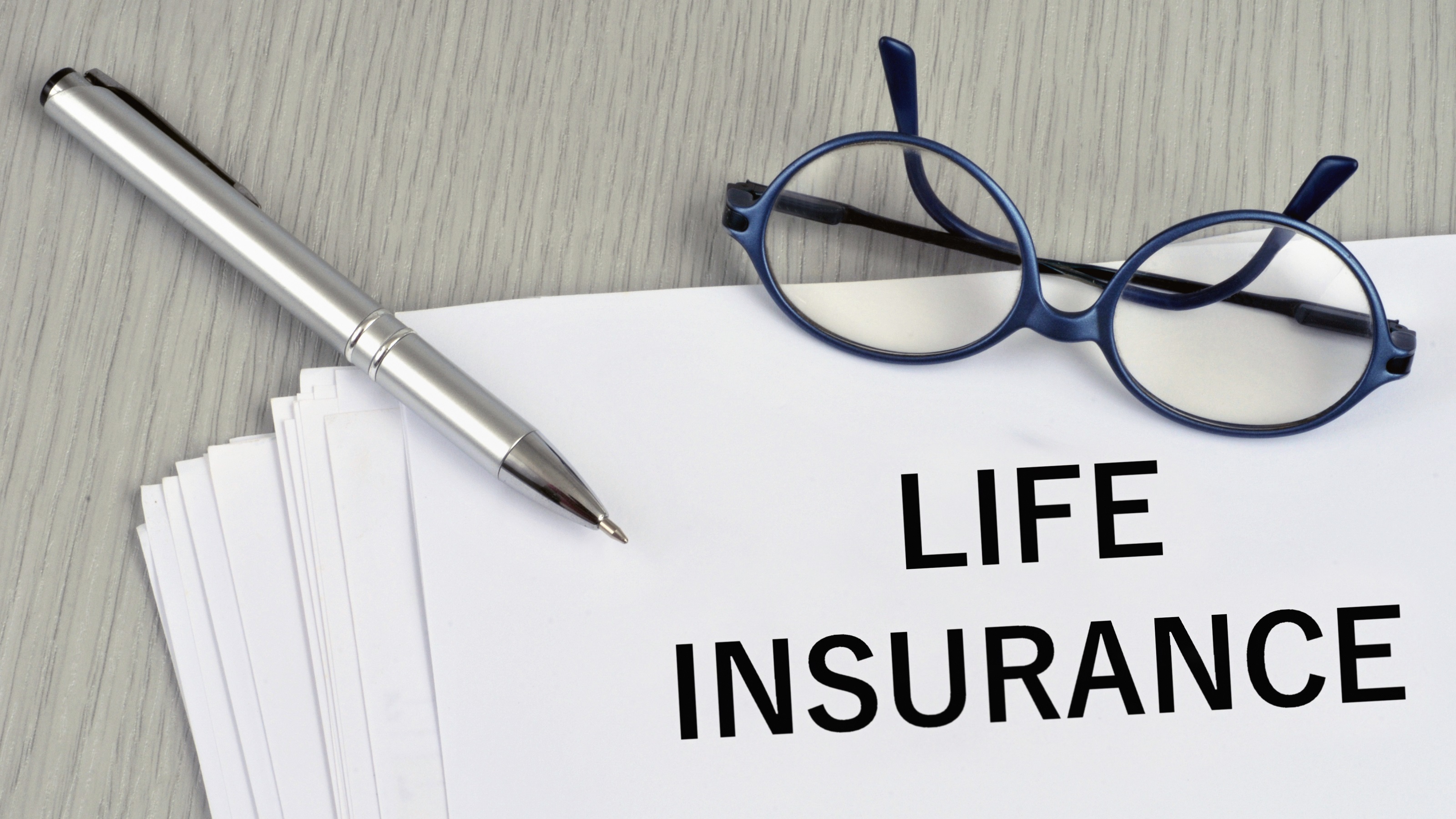Time for an Insurance Review
You may need to update your policies in light of COVID-19.


The coronavirus has made one thing abundantly clear: We all need to be prepared for an emergency. Which prompts the question: When did you last review your insurance policies?
You may want to make some changes to your auto, homeowners and life insurance policies in light of COVID-19. “You could be paying for coverage that you don’t need anymore, or you could be lacking coverage in some areas because of the pandemic,” says Carmen Balber, executive director at Consumer Watchdog, a nonprofit consumer-advocacy organization.
Auto insurance. Chances are you received a discount from your auto insurer automatically. In April, a number of large insurance carriers offered their customers discounts of, typically, 15%.
From just $107.88 $24.99 for Kiplinger Personal Finance
Become a smarter, better informed investor. Subscribe from just $107.88 $24.99, plus get up to 4 Special Issues

Sign up for Kiplinger’s Free Newsletters
Profit and prosper with the best of expert advice on investing, taxes, retirement, personal finance and more - straight to your e-mail.
Profit and prosper with the best of expert advice - straight to your e-mail.
Many drivers realized they were barely using their cars and asked their insurers for even bigger premium adjustments. Scott and McKenzie Henderson of Lehi, Utah, started driving a lot less when they began working from home in March. The couple, who own two cars, decided to stop using their Dodge Stratus and share McKenzie’s Kia Optima. When they informed their insurance company, USAA, it lowered their insurance premiums to $25 a month, down from $85. “It made sense for us to start using only one car, since neither of us was commuting to work,” says Scott.
Dino Selita of Staten Island, N.Y., also saved money by asking Geico, his insurer, to adjust his auto premium. Selita says he hardly drove his car in March, April or May. “I was basically leaving my house once a week to buy groceries,” he says. Selita’s insurer gave him a $500 credit. “It only took a 10-minute phone call [to my insurance agent],” he says.
“If your car is basically parked in your driveway, you may not need the same level of collision coverage that you currently have,” says Balber. Moreover, drivers who change their car’s status from “business” to “pleasure” save an average of $172 a year, according to the State of Auto Insurance 2020 report from The Zebra, an insurance brokerage.
Shopping around for a lower rate now is also a good idea, Balber says. Given the stiff competition among carriers, you may have even more negotiating power when threatening to leave your insurer.
Another tip: If you’re not driving because you have a compromised immune system or because you’re recovering from COVID-19, let your insurance company know—you may qualify for a discount or financial relief.
Home insurance. If your home is now your office or you’re running a business from home, make sure you don’t skimp on your home and liability insurance. “If you have colleagues or vendors coming to your house, you want to protect yourself in case someone gets injured on your property,” says Dan Karr, the founder and CEO of insurance rating site ValChoice. Standard policy liability limits may not be enough, especially if you have a pool or an expensive home or a lot of valuables.
Umbrella coverage picks up where the liability limits of your homeowners and auto policies leave off. It’s usually sold in increments of $1 million. Umbrella insurance costs roughly $150 to $350 a year for the first $1 million of coverage and about $100 per $1 million of coverage above that. Rates vary by state and the insurer’s experience there, plus how many homes, cars and boats you’re insuring. (For a worksheet to calculate how much you need, see How Much Umbrella Insurance Do I Need?)
You may also need to beef up coverage for office equipment. A typical home insurance policy provides only $2,500 in coverage for business equipment. You can add a homeowners policy endorsement—an add-on that will increase your business property coverage limit and might provide some liability coverage, too.
Bundling your home insurance with your auto policy can give you a break of 5% to 20% off your premium. Farmers and State Farm offer some of the most generous discounts for bundling home and car insurance, according to ValuePenguin data.
As you review your policy, assess whether you have enough insurance to cover a total loss. If your home’s value has increased significantly, you may need to raise your coverage level. (Even if your policy protects against inflation, the value of your home may outpace it.) And if you’ve accumulated more possessions over the years, you may discover your personal property limit needs a boost.
Life insurance. As a young entrepreneur with no kids, Jesse Silkoff hadn’t purchased life insurance before the coronavirus crisis. “I just didn’t think I needed it yet, and I’ve committed most of my financial resources to my business,” says Silkoff, 31, the president and cofounder of MyRoofingPal.com, an online marketplace that connects property owners with roofing contractors.
COVID-19, though, forced Silkoff to consider his mortality. “I don’t want to leave my wife in debt should something happen to me,” he says. “Also, during the slowdown, I had more time to do the research.” So Silkoff purchased a 10-year term life policy with $500,000 of coverage for about $30 a month.
Nicholas Mancuso, life insurance expert at Policygenius, an insurance marketplace, says the site is seeing an “uptick” in life insurance searches. “Pandemics and major catastrophic events can serve as a catalyst for people to reassess their financial security, including life insurance.”
Mancuso says most people should get term life insurance over whole life insurance because, dollar for dollar, term gives you the most protection for your money. How much coverage you need, though, depends on your age, the size of your family, your health and your income. When you’re young, your life insurance needs are greatest, because you’re supporting a young family. “We generally recommend people insure up to 10 to 15 times their take-home pay,” says Mancuso.
If you haven’t purchased life insurance yet, you can use an online calculator (such as the one at www.lifehappens.org) to get an idea of what your needs are and how much a policy will cost before you start shopping. Mancuso advises using an independent agent to shop around (visit TrustedChoice.com to find an independent agent). The cost for the same plan could vary by up to 40% among different providers, Mancuso says. You can get preliminary quotes from multiple insurers using websites such as AccuQuote.com, LifeQuotes.com and Policygenius.com.
If you don’t feel comfortable getting a medical exam right now because you fear being exposed to COVID-19, Mancuso recommends opting for a life insurance policy with accelerated underwriting (also called “express underwriting”), which allows you to purchase term life insurance of up to $1 million without an exam. “Accelerated life insurance is also a good option if you’re young and healthy,” Mancuso adds.
Already have a life insurance policy? Talk to your insurance agent—you may need more coverage than you did when you purchased the policy, especially if your household expenses have increased.
If you’re driving less
If you’re logging substantially fewer miles, look into a pay-per-mile insurance plan, says Nicole Beck, a licensed insurance agent at The Zebra, an online insurance brokerage. “That’s something that can be really appealing in the time of COVID-19,” she says. Metromile, for example, says its rates start at $29 per month for base coverage plus “a few cents for each mile you drive.” The caveat: Only a few insurers—including Allstate and Nationwide—offer pay-per-mile policies, so it may not be an option depending on where you live.
Profit and prosper with the best of Kiplinger's advice on investing, taxes, retirement, personal finance and much more. Delivered daily. Enter your email in the box and click Sign Me Up.

Daniel Bortz is the Personal Finance Editor at AARP and is based in Arlington, Va. His freelance work has been published by The New York Times, The Washington Post, Consumer Reports, Newsweek, and Money magazine, among others.
-
 Is Home Insurance Tax Deductible?
Is Home Insurance Tax Deductible?With home insurance rates on the rise, you might be hoping to at least claim the cost as a tax deduction. Here's what you need to know ahead of tax season.
-
 The December Jobs Report Is Out. Here's What It Means for the Next Fed Meeting
The December Jobs Report Is Out. Here's What It Means for the Next Fed MeetingThe December jobs report signaled a sluggish labor market, but it's not weak enough for the Fed to cut rates later this month.
-
 Trump Signals Plan to Ban Institutional Investors From Buying Single-Family Homes
Trump Signals Plan to Ban Institutional Investors From Buying Single-Family HomesThe president says the move could improve housing affordability. Here’s what the data shows about investor ownership, recent buying trends and what it could mean for homebuyers.
-
 9 Types of Insurance You Probably Don't Need
9 Types of Insurance You Probably Don't NeedFinancial Planning If you're paying for these types of insurance, you may be wasting your money. Here's what you need to know.
-
 Amazon Resale: Where Amazon Prime Returns Become Your Online Bargains
Amazon Resale: Where Amazon Prime Returns Become Your Online BargainsFeature Amazon Resale products may have some imperfections, but that often leads to wildly discounted prices.
-
 Roth IRA Contribution Limits for 2026
Roth IRA Contribution Limits for 2026Roth IRAs Roth IRAs allow you to save for retirement with after-tax dollars while you're working, and then withdraw those contributions and earnings tax-free when you retire. Here's a look at 2026 limits and income-based phaseouts.
-
 Four Tips for Renting Out Your Home on Airbnb
Four Tips for Renting Out Your Home on Airbnbreal estate Here's what you should know before listing your home on Airbnb.
-
 Five Ways to a Cheap Last-Minute Vacation
Five Ways to a Cheap Last-Minute VacationTravel It is possible to pull off a cheap last-minute vacation. Here are some tips to make it happen.
-
 How Much Life Insurance Do You Need?
How Much Life Insurance Do You Need?insurance When assessing how much life insurance you need, take a systematic approach instead of relying on rules of thumb.
-
 When Does Amazon Prime Day End in October? Everything We Know, Plus the Best Deals on Samsonite, Samsung and More
When Does Amazon Prime Day End in October? Everything We Know, Plus the Best Deals on Samsonite, Samsung and MoreAmazon Prime The Amazon Prime Big Deal Days sale ends soon. Here are the key details you need to know, plus some of our favorite deals members can shop before it's over.
-
 How to Shop for Life Insurance in 3 Easy Steps
How to Shop for Life Insurance in 3 Easy Stepsinsurance Shopping for life insurance? You may be able to estimate how much you need online, but that's just the start of your search.